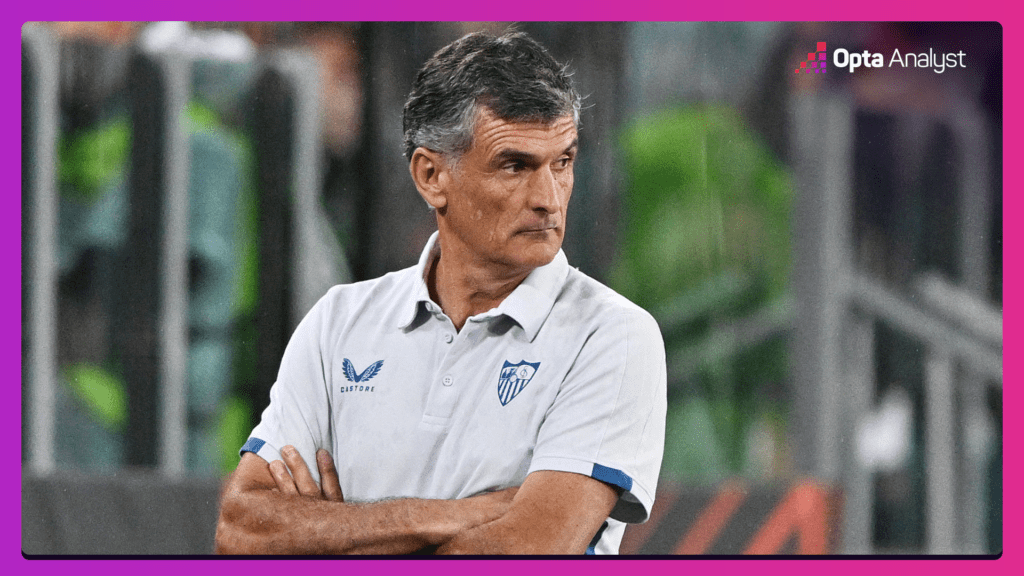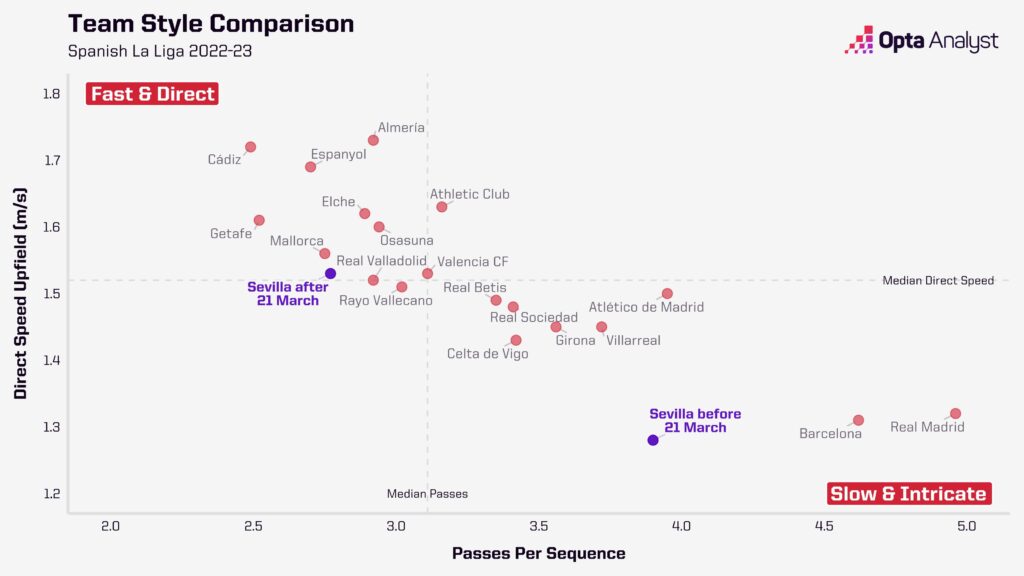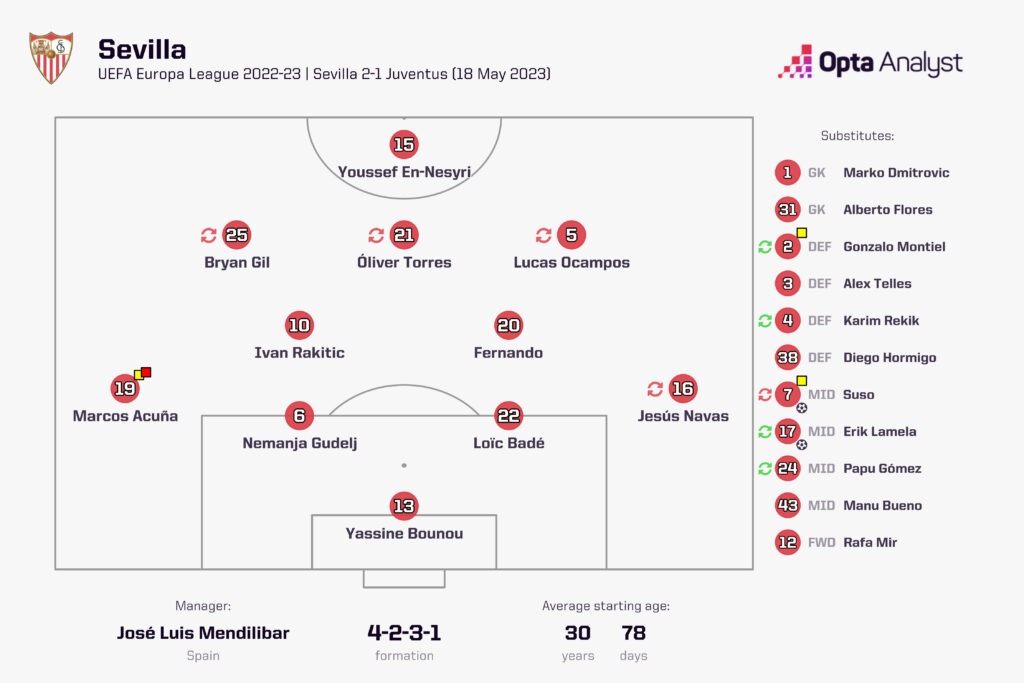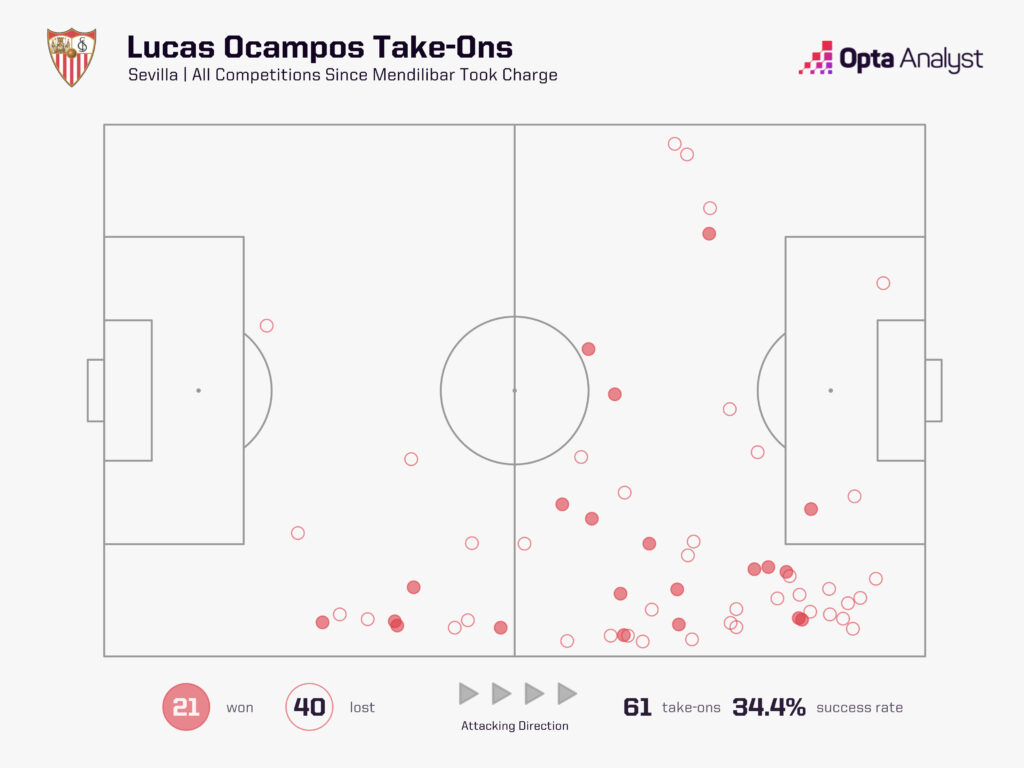The Call Up
José Luis Mendilibar says he feels like a bit of an ‘a***hole’ with all the flattering remarks he has received lately.
“I’ve been in top-flight football for 20 years and it’s like nobody knew who I was.”
All it took was saving Sevilla from relegation with a remarkable run of form and beating some giants of European football on the way to a Europa League final for people to become acquainted with his name.
If they didn’t already know, now they know.
The 62-year-old from the Basque Country has no ‘hairs on his tongue’ as the saying goes in Spain; he doesn’t suffer fools. If football teams are built in the image of their coach then it makes sense that his teams are no-nonsense and uncomplicated.
After spending six years in the top flight under Mendilibar, Eibar finally succumbed to gravity and dropped into the second division. It was a miracle that they had made it to La Liga at all and staying there for as long as they did was beyond anyone’s wildest dreams. Eibar even finished ninth during Mendilibar’s time at the club. While he was at Ipurua, no team had more high turnovers, won possession more often in the final third or hit more long passes in La Liga.
But more on Mendilibar’s style in a bit.
The Spaniard got the call from Sevilla in March 2023 after a 2-0 loss to Getafe left them just two points outside the relegation zone. Mendilibar said yes after a 30-minute meeting in Madrid the following day, seeing the potential that was hidden beneath a very dangerous situation.

He wasn’t fooling himself either; he was acutely aware of that danger.
‘This is a club used to playing in the Champions League and winning Europa Leagues… I didn’t want to be the one to get them relegated.’
Sevilla were in a sorry state. They started the season under Julen Lopetegui despite there being clear signs at the end of the previous season that the project with the former Spain and Real Madrid manager had run its course. It was hard to say goodbye given it was a golden era of football at the Ramon Sanchez Pizjuan but they just held on too long. Lopetegui only lasted seven games into the current season, earning one win, a couple of draws and four losses in La Liga before he was dismissed at the start of October.
Jorge Sampaoli was put in charge and the season started to slowly unravel. The Argentine lasted 31 games in total and oversaw 19 games in La Liga (W6, D5, L8). Sampaoli averaged 1.21 points per game, which was a slight improvement over Lopetegui but hardly anything to boast about.
A Clear Identity Needed
Mendilibar’s style is neither subtle nor hard to explain. It’s not particularly hard to implement either but it is hard to carry out consistently and it’s not without its risks.
It was exactly what Sevilla needed.
Lopetegui and Sampaoli both want to employ a highly complex, intricate style of play that focuses heavily on build-up patterns.
But by the end of Sampaoli’s reign, the combination of both his and Lopetegui’s systems was like a two-storey house built by two different designers who had never met each other. It was elaborate, for sure, and complex beyond words but it looked weird and had zero functionality.
Monchi, the lauded sporting director of Sevilla, seemed to have lost his touch. The squad was a mixture of players that might have worked together in some alternative universe but clearly weren’t fit for purpose in this one. Sevilla had become an abstract rendition of a football team, more suited to a modern art museum than in a relegation scrap.
Monchi wasn’t sure if the players would respond to Mendilibar’s style or whether they had the inclination to carry it out. He made the call anyway.
Since he took over in March, only Atlético Madrid (eight), Real Madrid (seven) and Villarreal (seven) have won more games in La Liga (six). They are fifth for goals scored (17) and only Barcelona (nine) have conceded fewer (10). Oh, and now they’re in a Europa League final and one game away from making it back into the Champions League (albeit in a roundabout way).
Organised Chaos — The Mendilibar Way
In a world where football tactics can seem needlessly complicated, Mendilibar is more inclined to subtract rather than add caveats to help solve problems.
“Clear the ball, get it out wide and cross it before you get to the end line,” Mendilibar says. “I hear commentators say that the 4-3-3 offers superiority in midfield as if this was a game of table football.”
What’s clear is that Sevilla no longer hold onto the ball for long periods of time. They’ve had just 54 sequences of possession containing 10 or more passes since Mendilibar took charge. Only four teams have had fewer over the same period, while Sevilla’s 2.78 passes per sequence puts them in the same company as relegated Espanyol and a struggling Getafe side.
If those teams are clearing the ball out of necessity because of a lack of technical ability, Mendilibar does it by choice. He believes it’s the best way to score goals and the best way to keep things tight at the back.
Out of possession, Mendilibar gets his side to squeeze high and chase their own long passes. Sevilla are averaging 8.5 high turnovers per game in La Liga since he took over – the fifth-highest rate in the league – while they start their sequences 42.2 metres from their own goal, the fifth furthest away.

The Europa League semi-final second leg against Juventus was the perfect encapsulation of what Mendilibar likes to do. It was combative. It was physical. No team has been involved in more duels in a single game in the Europa League this season than Sevilla’s 174.
During that game, Sevilla also had the highest number of open-play crosses in the Europa League this season (49). They pressed high, got the ball out wide to the wingers and forced Max Allegri’s side into a game they were never comfortable playing. They pinned Juventus back and forced them to go long. Angel Di Maria was visibly frustrated inside the first 15 minutes at his teammates’ inability or unwillingness to hold the ball and stay calm. It’s easier said than done with a fearless front four closing space and with the Sevilla crowd baying for high turnovers.

“The interiors don’t interest me,” he told Relevo. But that hasn’t stopped Ivan Rakitić, at 35 years of age, from experiencing a resurgence in form. With no place for a classic interior in the mould of Andrés Iniesta, Rakitić plays closer to Fernando Reges in a double pivot and has played his best football for a couple of years under Mendilibar.
Oliver Torres is the same. Erik Lamela too. Sevilla look like a team freed from the need to overthink and scrutinise every decision in their heads at the moment they make it. They are fluid and free to chase down defenders, take a man on and take risks.
There is nowhere that is more evident than on the flanks for Sevilla.
The Wings of Change
“The coaches are to blame for there being no dribblers anymore, they only teach the kids how to pass the ball nowadays,” Mendilibar says. He would never forbid his players from taking someone on, something lots of managers think is too risky now.
Lucas Ocampos’ first season at Sevilla was glorious. He scored 16 goals, registered four assists and helped the club lift the Europa League.
Since then, it has been a backward slide into anonymity. The 28-year-old was loaned to Ajax last summer, and his connection with Sevilla and the club had petered out. He returned in the winter after it became clear that the Eredivisie wasn’t for him either.
The Argentine has been unshackled under Mendilibar. Ocampos has attempted 61 take-ons (6.7 per 90) since the new manager took over, almost 20 more than the next player on the list for Sevilla during Mendilibar’s time (Bryan Gil).

Gil is another player who has flourished under the new coach. According to Mendilibar, Gil is the most natural-born dribbler he has ever coached.
If Mendilibar does nothing else, he has shown us what Bryan Gil can become. The 22-year-old broke onto the scene at Sevilla ready to upend the notion that old-school wingers were a dying breed. Except the flame never really took hold until recently. We haven’t seen Gil in the kind of system that might accentuate his strengths until now. Against Juventus in the second leg, he did the work of three men and constantly forced the Italian side to go long with his relentless pressing.
Mendilibar only signed a contract until the end of the season, but he has exceeded his brief and earned the chance to lead this team into next season.
Sevilla’s form is not without its caveats. Even the most die-hard of Sevilla fans would have a hard time keeping a straight face telling you they didn’t get lucky against Manchester United in the first leg of the Europa League quarter-finals. Their expected goal difference per 90 is -0.18 in La Liga this season, which puts them at slightly worse than league average.
But this is Mendilibar’s exact point. His tactics defy traditional analysis. He’s not trying to dominate all over the field. He’s not into the idea of death by a thousand cuts. He wants to hit you where it hurts and work hard to stop you from doing the same to his side. His ideas are simple almost beyond comprehension.
But fortune favours the bold. Sevilla can put their change in fortunes down to the fearless Mendilibar.
He’s a man not for changing, and why would he?
Enjoy this? Subscribe to our mailing list to receive exclusive weekly content. And follow us on Twitter too.
